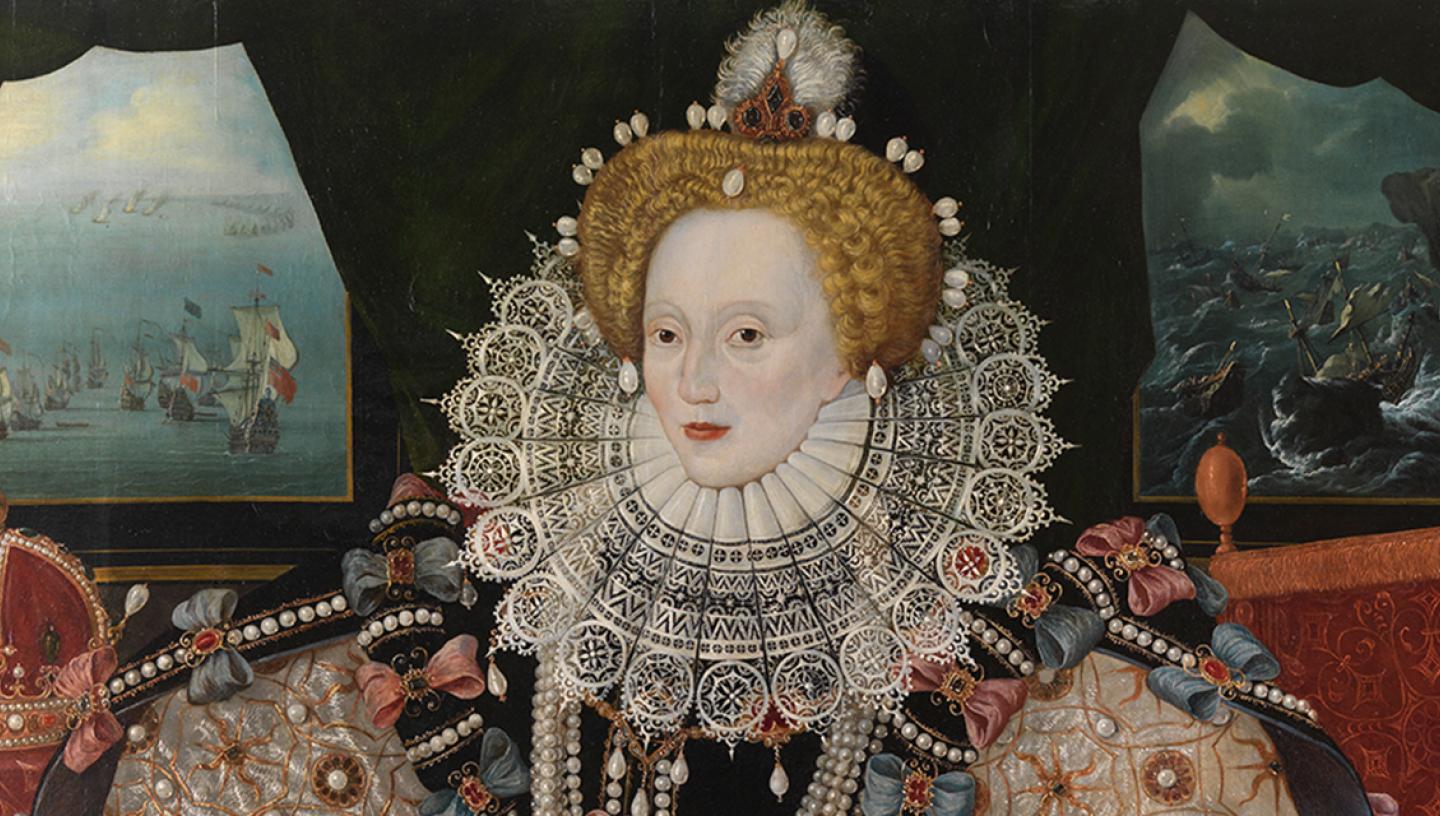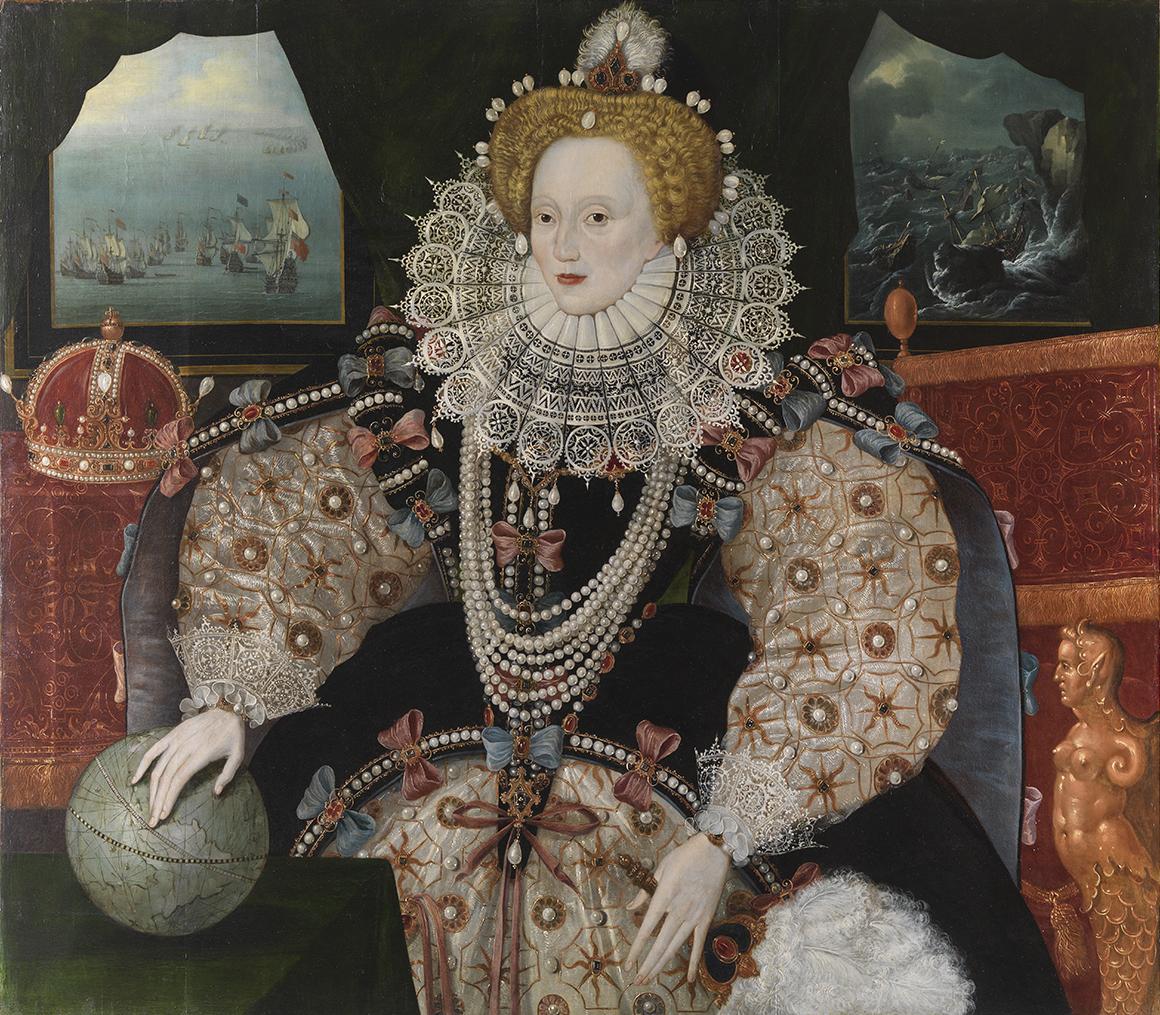
In December 1587 Queen Elizabeth I put Lord Howard of Effingham in charge of England’s defence against the Spanish Armada.
Although not a celebrated sailor like Sir Francis Drake, Effingham was an able commander and had the support of the nobility. He was also known for his willingness to listen to those more experienced, such as Drake, who was appointed his Vice-Admiral.
Intelligence and diplomacy
Howard's appointment was key, as his aristocratic lineage gave him the authority to keep the huge egos under him, such as Drake, in check. The English fleet was mobilised and intelligence continued to be gathered about the timing and route of the attack, as well as the numbers of ships and troops involved.
During this time, Queen Elizabeth I continued to negotiate with the Duke of Parma about a solution to the situation in the Netherlands.
The Armada in sight
On 19 July 1588 the Spanish Armada was sighted off the Lizard in Cornwall. A fast English ship conveyed the news and a series of beacons were lit along the coast to spread the warning. The English fleet based at Plymouth attempted to disrupt the Armada's passage and managed to inflict some damage but could not stop it.
The Armada anchored off Calais on 27 July 1588. The Duke of Parma and his army had not yet arrived to join them, so the English fleet used this advantage sending in eight fireships on the night of 28 July. Although no Spanish ships caught fire, the attack made the Spaniards panic, cut their anchor cables and scatter out to sea to avoid them. A day of fierce fighting between the two fleets followed, later called the Battle of Gravelines. During this battle the Spanish were blown dangerously close to the shore. Then the wind changed and they sailed northward in disorder.
Defeat of the Spanish Armada
On 31 July 1588 the Spanish fleet tried to turn around to join Parma and his army again. However, the prevailing south-west winds prevented them from doing so.
The decision was made to give up and return to Spain by sailing north around Scotland. Howard and his fleet pursued them into the North Sea for three days until it became clear they were leaving. Bad storms completed the Spanish defeat: many of their fleeing Spanish ships were wrecked off the coasts of Scotland and Ireland. Less than half the fleet made it back to Spain.
The Armada Portrait
The Armada Portrait commemorates the most famous conflict of Elizabeth I's reign – the failed invasion of England by the Spanish Armada in summer 1588. This iconic portrait is now back on public display in the Queen's House after careful conservation.



